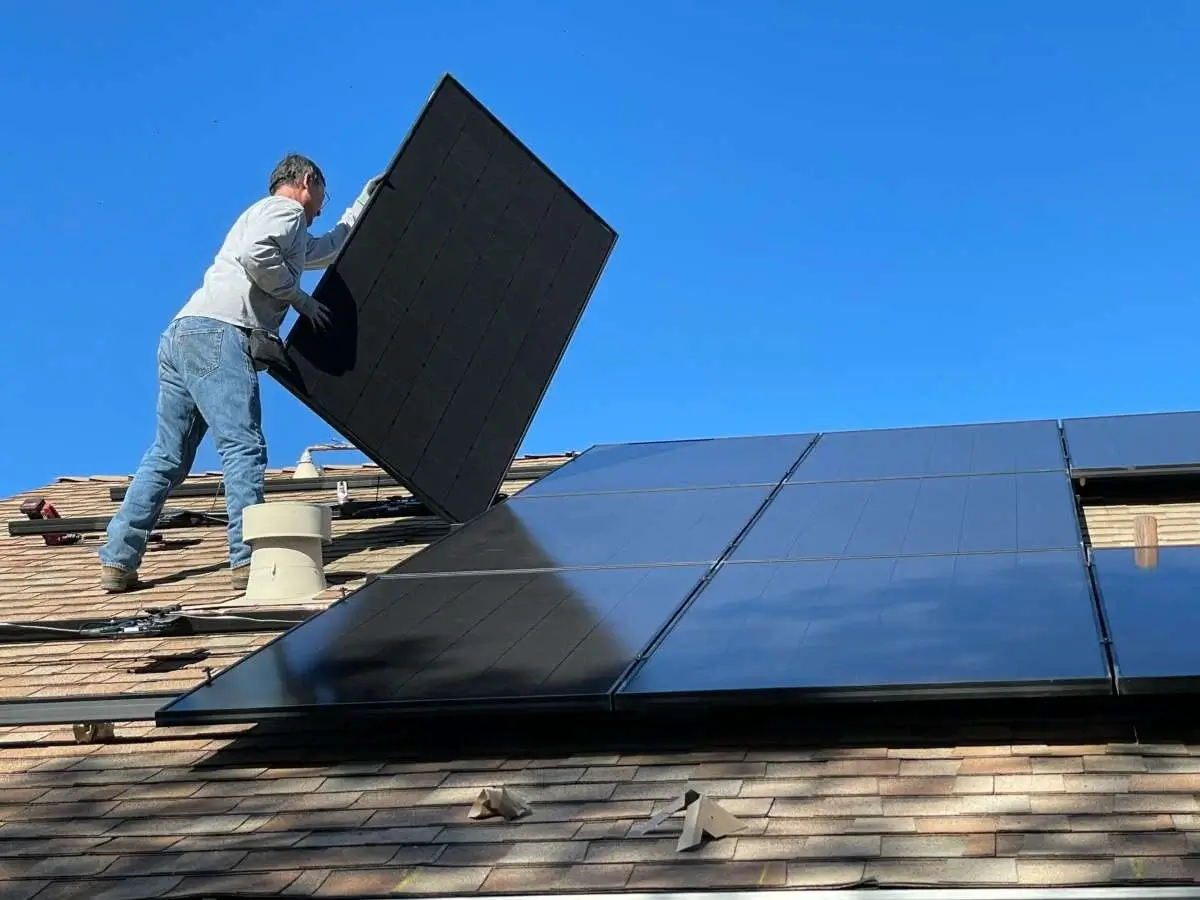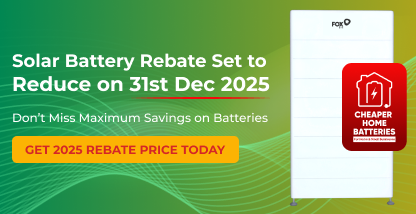ENTER YOUR POSTCODE TO UNLOCK SPECIAL

When designing your solar panel system, it is encouraged to size your panels to supply 10-30% more wattage than your inverter rating. In this blog, Captain Green will explain how oversizing your PV array can lead to better overall efficiency of your solar system, which leads to better financial results in the long term.
A solar panel system is only as strong as its weakest part. When considering what solar panel system to install, we must also focus upon what inverter will compliment your selection to receive the most significant results.
A good quality solar energy inverter is an essential piece of your panel system. Its two main functions are to:
Inverters role is to convert the DC electricity that solar panels produce into AC electricity that homes and businesses can use. So, when designing a solar installation and selecting an inverter, it is essential to consider how much DC power the array will produce and how much AC power the inverter can output (also known as its power rating).
When selecting solar panels or inverters, you may notice that they will have a wattage rating. For example, a 370 watts solar panel can produce 370 watts, and a 300-watt inverter can put out a max of 300 watts of power. When your solar panel system has more power than an inverter can handle, the excess energy is “clipped.” In the above example, anything about 300 watts cannot be processed by the inverter. Therefore, is the 370-watt solar system is operating at optimal energy production, 70 watts will be “clipped” or wasted.
If we use the above scenario, it will make sense to have the same if not higher wattage inverter. In fact, we advise that your solar panel array and inverter has a ratio of at least one to two, making your inverter have an extra 30%+ to draw upon.
For example, a 133watt array with a 100watt inverter has a DC-to-AC ratio of 1:333
Oversizing means that we can access a greater energy harvest when production is outside sun hours or below the inverter’s rating, which it typically is for most of the day.
For a solar panel to generate its maximum output of energy, it must be perfectly angled at the sun to absorb the maximum of sun rays possible. The maximum time when the sun is working is called the ‘solar noon’. When the sun moves across the sky, the sun’s angle to the panels changes, so there is less light directly hitting the panels, which causes the panels to produce less power. On average, most places in Australia get between six to eight hours of sun per day, and all of the meaningful production of energy from the solar panels comes within this short window. Oversizing your array will allow for your system to take maximum advantage of sun hours and therefore convert more significant amounts of energy to be used by your household.
In real-world conditions, solar panels rarely generate their maximum wattage. This can be attributed to two main reasons
When solar panels have a lack efficiency or are affected by the production curve, they will not be operating at their maximum capacity as there is not enough energy to convert from the sun. By oversizing your solar panel array, the idea is that the energy your panels soak up will give power to the inverter when it is most potent. Oversizing caters for instances when your panels are not operating at total capacity.
As the demand for solar panels increases across the globe, manufacturers are creating cheaper panels for consumers. Making it more cost-effective to add more panels to your array, the option to benefit from the gains in energy production during peak hours, even with clipping losses taken into account, is becoming more and more accessible.
By oversizing the array, Captain Green customers can better use their inverter’s capacity, producing more energy overall. We tailor-make out solar systems to suit each client depending on their requirements, home and environment. We want to help you find the ‘sweet spot’ where you get the maximum overall production of power from your panels possible in relation to the dollar spent on your system – even if that means clipping a bit more power.

Captain Green Solar is one of the Top Solar Companies in Australia. Established in 2010, we are the Trusted Name in Solar for over 14 Years!

Captain Green Solar is one of the Top Solar Companies in Australia. Established in 2010, we are the Trusted Name in Solar for over 14 Years!


Solar Battery Rebate Set to Reduce on 31st Dec 2025
Don’t Miss Maximum Savings on Batteries
Time left until rebate reduces
